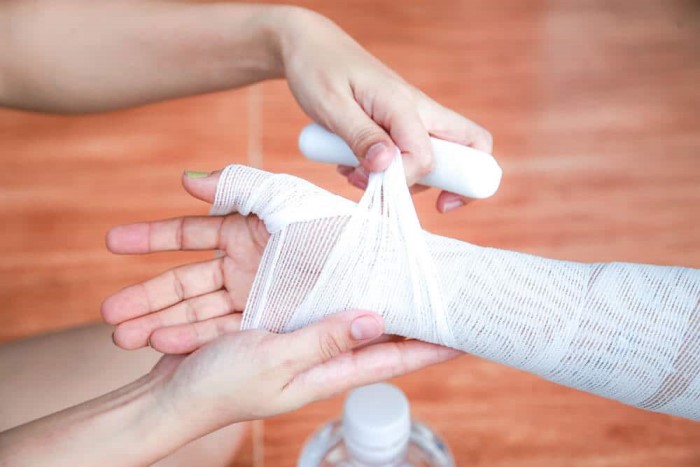Sustained fourth-degree burns? 5 Steps to take

Fourth-degree burns are rare, but when they do occur, they can lead to extensive damage to the body. They are usually caused by flames and chemicals and include getting burned by a hot stove or oven, a hot iron, an open flame in a fireplace or campfire pit, and acids or other toxic chemicals. They can also be caused by prolonged exposure to any heat source, including the sun. According to expert burn accident attorneys, these are five critical steps to take if you’ve sustained fourth-degree burns.
Step 1: Raise the Afflicted Body Part Above the Heart
Raising the body part that has been burned above the heart helps reduce swelling and pain. Swelling can delay healing by deepening the burn and lead to scars. If the burn is on your hand or arm, raise it above the heart. If the burn is on a foot or leg, raise the affected limb as high as possible, but at least to the level of your hip.
Step 2: Flush Chemical Burns With Water
Fourth-degree burns that are caused by a chemical need to be flushed with water for at least 20 minutes. This is to ensure the chemical doesn’t continue to burn the skin or deeper body tissues. The chemical must be removed from the skin and burned as quickly as possible. It is important to note that not every chemical can be removed by water, but the standard initial treatment for chemical burns is to assume it can be removed by water and flush the wound.
Step 3: Cover the Affected Body Part with a Loose Bandage or Cloth
Covering a fourth-degree burn is important because you need to keep the burned area as clean as possible. Your skin provides a natural barrier between dirt and germs and your internal body parts, but when the skin has been burned away, it’s up to you to recreate that barrier. Use a clean, dry cloth and loosely place it over the burn. Do not tightly bandage the burned area because it needs room to swell and a tight bandage will only cause more pain.
Step 4: Place a Blanket Over the Victim
It’s very important to keep a victim of fourth-degree burns warm because their skin is no longer doing it for them. After you’ve placed a loose bandage around the burned area, which will also help keep the victim warm, cover them with a blanket to prevent more body heat from leaving through the damaged skin. A blanket will also keep a patient from going into shock from their injury. When a person goes into shock, their blood circulation decreases, which drops their blood pressure and can lead to unconsciousness.
Step 5: Avoid Certain “Logical” Treatments
There are some treatments that we assume would be helpful for fourth-degree burns but actually do more harm. For example, it seems logical to cool the burn down with ice, but this doing so causes the blood vessels in the area to constrict and can actually deepen the burn. Other “logical” treatments to avoid include:
- Applying creams or lotions to the burn
- Removing clothing that is stuck to the burn
- Peeling blisters that form at the burn site
Conclusion
These five steps will provide immediate treatment for fourth-degree burns, but you should still have them examined and assessed by a medical professional right away. This will ensure you heal as fully as possible.

